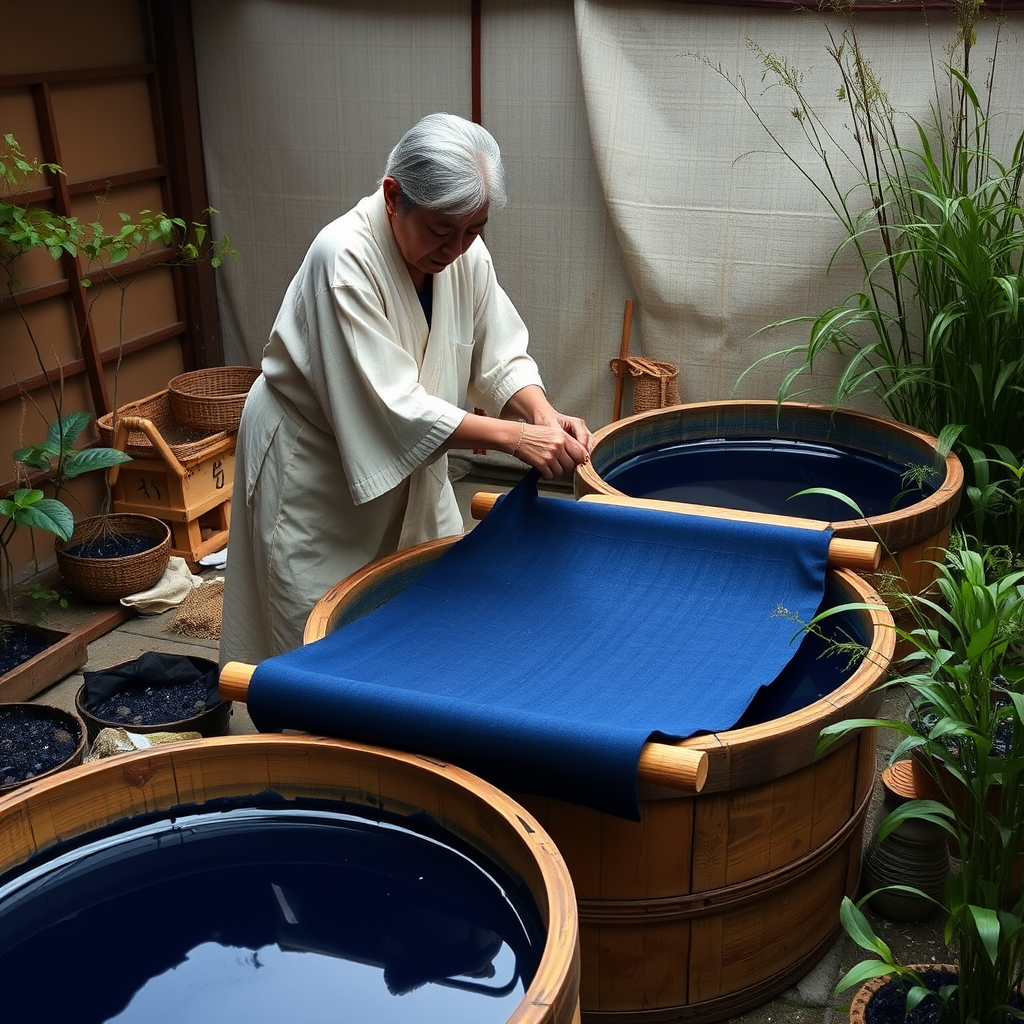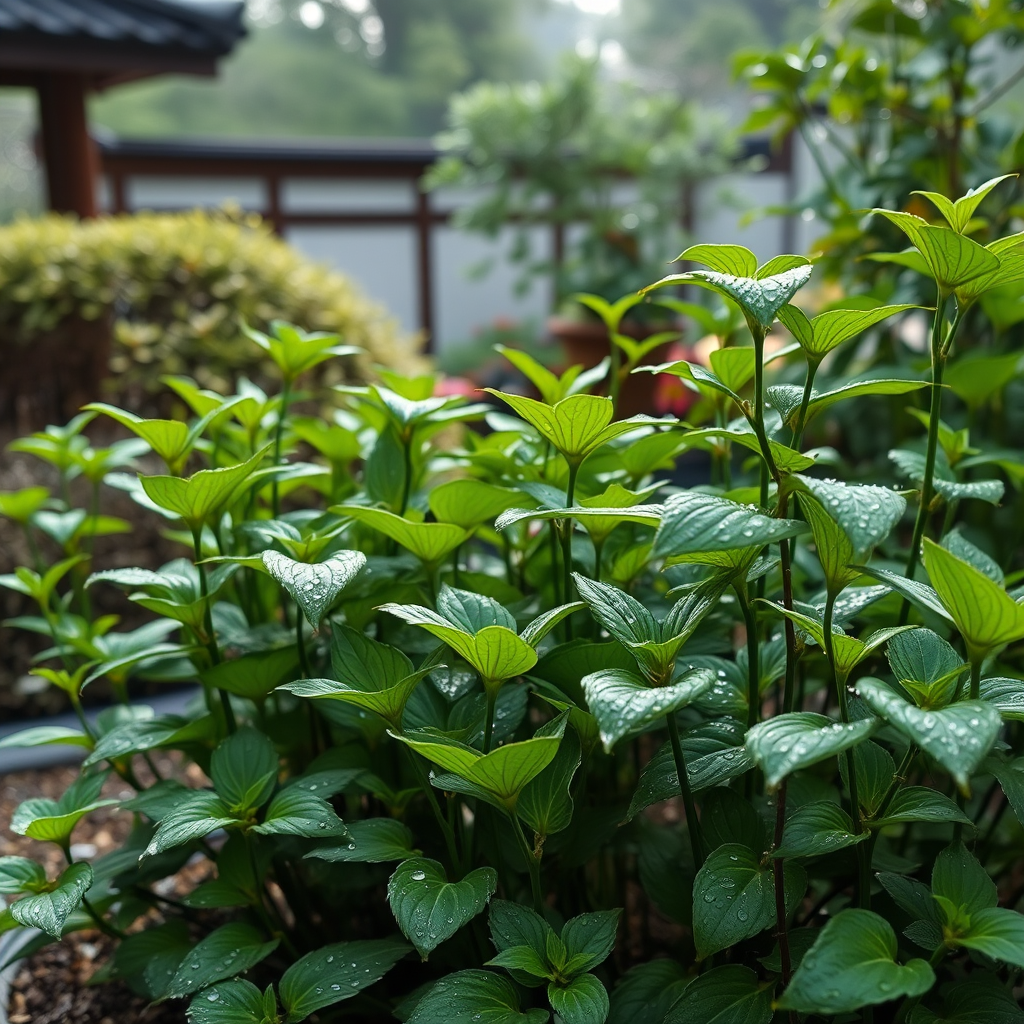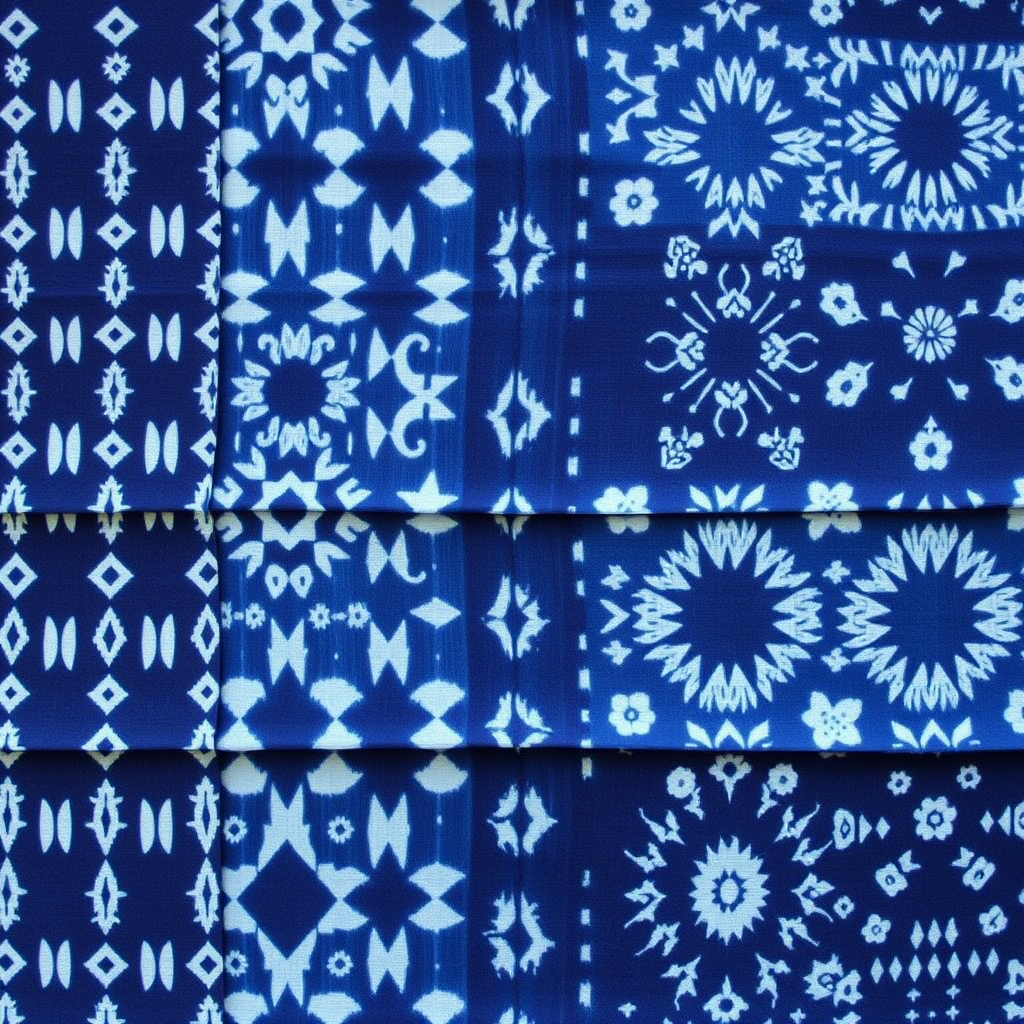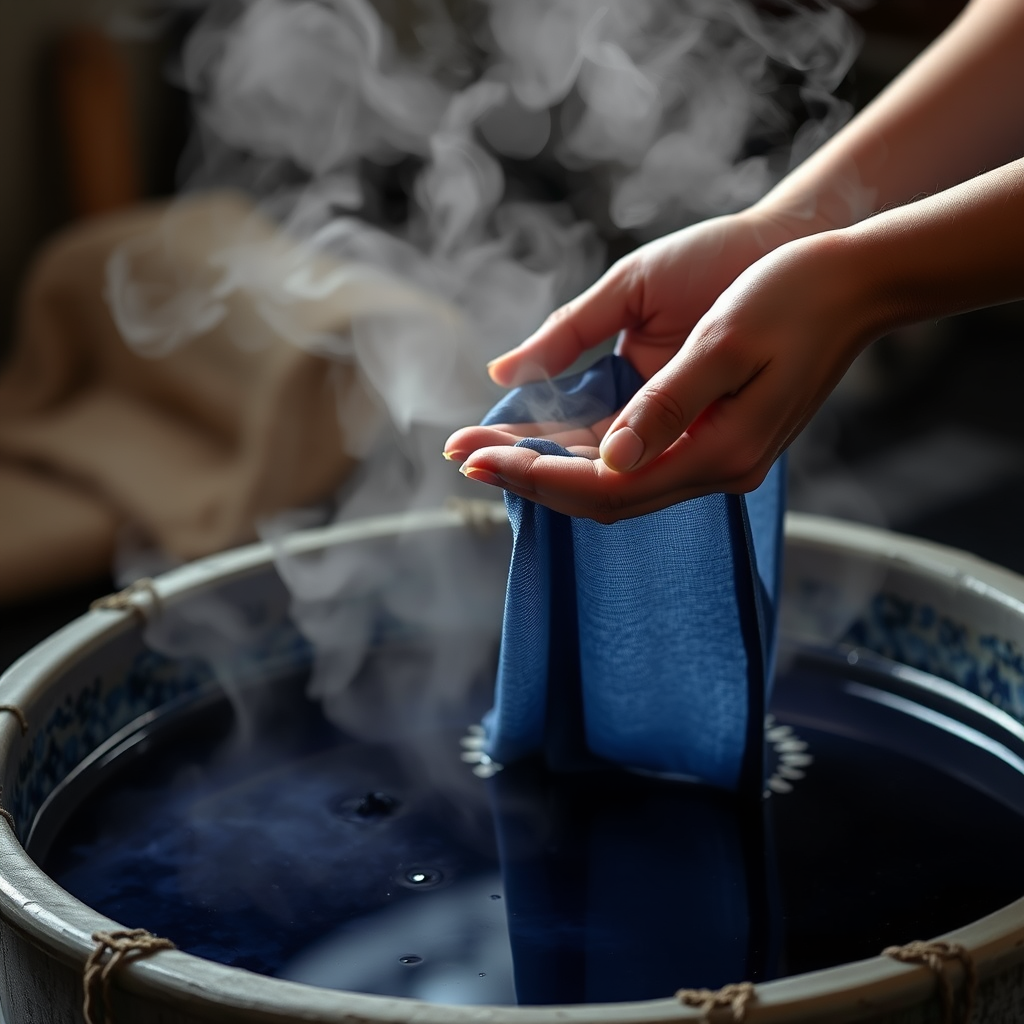Indigo Dreams: The Ancient Craft of Aizome Dyeing in Modern Japan

In the heart of Japan's cultural landscape, where ancient traditions meet modern creativity, the art of aizome (indigo dyeing) continues to weave its mesmerizing spell. This centuries-old craft transforms simple white fabric into stunning works of art, each piece bearing the deep, rich blues that have captivated Japanese artisans for over a thousand years.
The Living History of Japanese Indigo
Aizome dyeing represents more than just a coloring technique—it embodies the Japanese philosophy of finding beauty in simplicity and patience. The process begins with the cultivation of indigo plants, primarily the Japanese indigo (Persicaria tinctoria), which thrives in Japan's climate and has been cultivated here since the Nara period (710-794 AD).


The transformation from plant to dye is a fascinating process that requires both scientific precision and artistic intuition. Fresh indigo leaves are fermented to create a living dye bath, where beneficial bacteria work tirelessly to maintain the perfect chemical balance. This fermentation process, known as "sukumo" preparation, can take up to 100 days and requires constant attention from skilled artisans.
The Art of Pattern Creation
What truly sets aizome apart in the world of Japanese crafts is the intricate folding and binding techniques used to create patterns. These methods, passed down through generations, include:
Shibori Techniques
- Itajime: Geometric patterns created by folding and clamping
- Arashi: Diagonal stripes achieved through pole-wrapping
- Kumo: Spider web-like patterns from binding techniques

Modern Revival and Workshop Experiences
Today's aizome artisans are breathing new life into this ancient craft, creating contemporary pieces that honor tradition while embracing innovation. Our partner workshops across Japan offer visitors the unique opportunity to experience this meditative art form firsthand.
Seasonal Dyeing Opportunities
Spring & Summer
Fresh leaf dyeing workshops using newly harvested indigo plants, offering the brightest and most vibrant blues.
Autumn & Winter
Traditional fermented indigo workshops, focusing on deeper, more complex color variations and advanced techniques.
Participants in our kimono workshop sessions often discover how aizome dyeing connects to broader Japanese textile traditions. The indigo-dyed fabrics created in these workshops can later be incorporated into traditional garments, creating a complete cultural experience that spans from plant cultivation to wearable art.
The Meditative Nature of Indigo Dyeing
Beyond its visual beauty, aizome dyeing offers practitioners a deeply meditative experience. The rhythmic dipping and oxidation process requires patience and mindfulness—qualities that resonate with Japanese aesthetic principles. Each piece emerges from the dye bath as a unique creation, with subtle variations that reflect the natural unpredictability of the fermentation process.

The transformation that occurs during the dyeing process—watching white fabric emerge as brilliant blue when exposed to air—never fails to inspire wonder. This magical moment, where chemistry meets artistry, embodies the essence of Japanese crafts: finding extraordinary beauty in natural processes.
Preserving Tradition for Future Generations
As we move further into the 21st century, the preservation of aizome dyeing techniques becomes increasingly important. Master artisans work tirelessly to document traditional methods while encouraging innovation within the craft. This balance between preservation and evolution ensures that indigo dyeing remains relevant and accessible to new generations of creators.
The environmental sustainability of indigo dyeing also aligns with modern values. Unlike synthetic dyes, natural indigo is biodegradable and non-toxic, making it an eco-friendly choice for conscious consumers and artisans alike.
Your Journey into Indigo Dreams
Whether you're drawn to the rich history, the meditative process, or the stunning visual results, aizome dyeing offers a profound connection to Japanese cultural heritage. Each workshop session provides not just technical skills, but also insights into the philosophical underpinnings of traditional Japanese crafts.
The journey from indigo plant to finished textile mirrors the broader Japanese approach to craftsmanship: respect for materials, patience with process, and appreciation for the subtle beauty that emerges from dedicated practice. In every fold, every dip, and every reveal, aizome dyeing continues to weave its indigo dreams into the fabric of modern Japan.